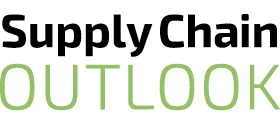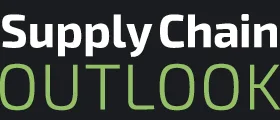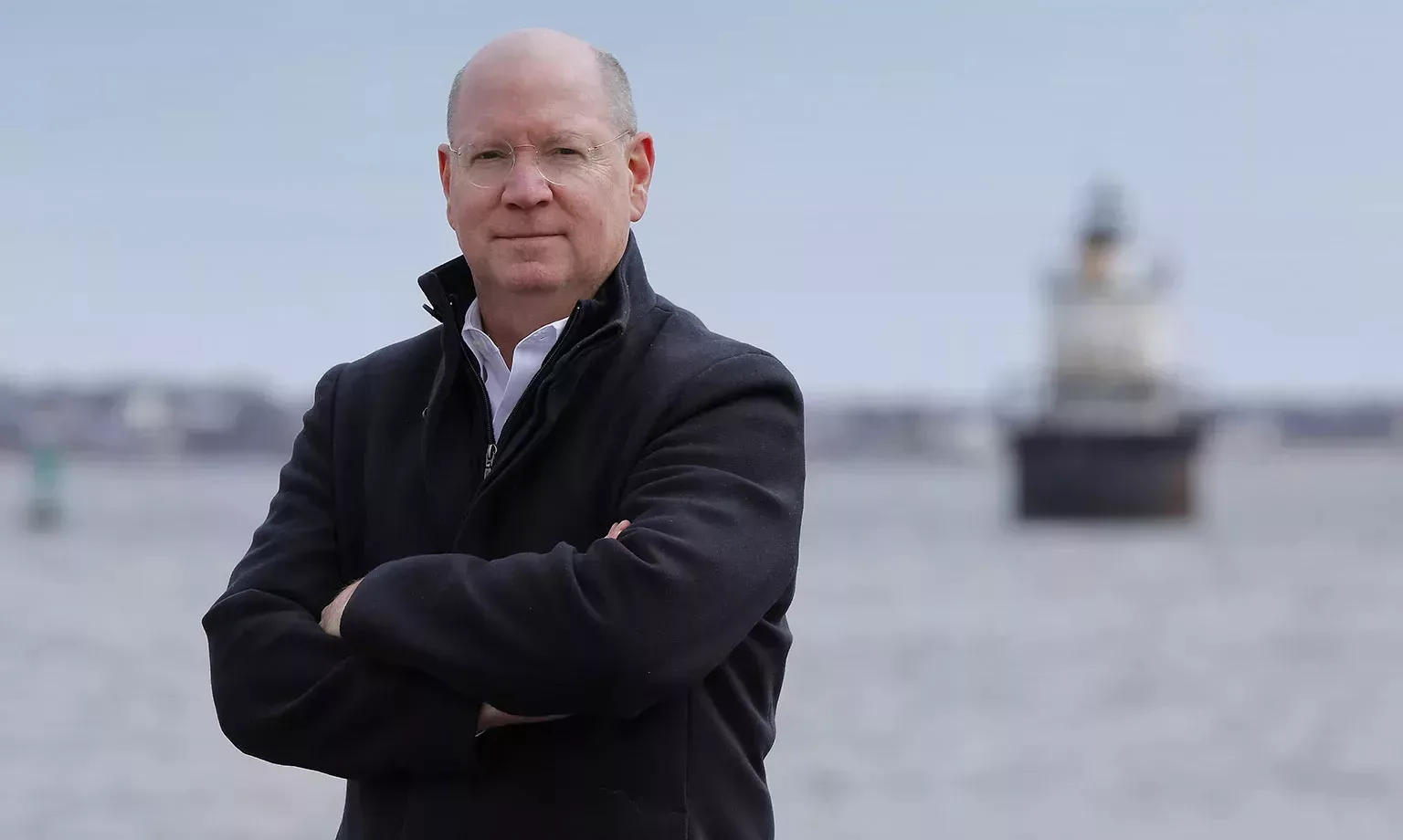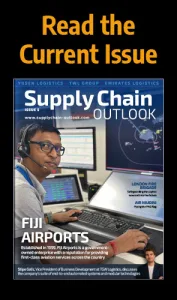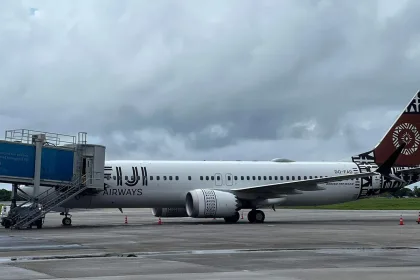As one of the last remaining marine industrial waterfronts on the East Coast, the New Bedford Port Authority’s Executive Director, Gordon Carr, discusses the balance between welcoming exciting new ventures and conserving its traditional industries.
ONE OF THE LAST REMAINING EAST COAST MARINE INDUSTRIAL WATERFRONTS
New England is home to a famous 17th-century whaling-era seaport, reminiscent of a scene from an H.P. Lovecraft novel and the inspiration for Melville’s Moby Dick. Today, the Port of New Bedford continues to drive the regional economy as the number one commercial fishing port in the US and is progressing into adding the offshore wind industry to its impressive list of accomplishments.
The city of New Bedford is positioned on the Acushnet River in Massachusetts; over the other side of the harbor is Fairhaven, a different municipality on the South Coast where the waterway flows into Buzzards Bay – an arm of the Atlantic Ocean. The port is geographically concentrated to support commercial, industrial and recreational maritime activities, presenting both benefits and a few challenges.
As a relatively small organization, previously known as the Harbor Development Commission and rebranded as the New Bedford Port Authority (NBPA), it manages fishing piers and other commercial fishing assets, a recreational marina, and several commercial real estate properties, as well as managing harbor users in a very busy port. The NBPA is also the primary local advocate for the extensive commercial fishing interests in the Harbor, leading the way in tracking issues and making the case for the industry and the state and federal levels.
One of the desirable aspects and unique features of the Port of New Bedford is its hurricane barrier, which was built in the 1960s after the area was slammed by several decades of extreme weather. The miles-long earthen dyke, protects the port from storm surges, including Hurricane Bob in 1991, and sea level rise with substantial metal gates, which close the 150’ wide opening during certain weather events, making it one of the safest hubs on the eastern seaboard.
Alongside protection from potential storm events, the Port of New Bedford hosts a full suite of shoreside services that can support diverse industries. Additionally, it is the first port to develop the offshore wind industry while remaining a global hub for landing and processing seafood.
“We have around 300 to 400 commercial fishing vessels in the port at any given time; while most of these vessels call New Bedford home, as many as 150 will utilize the port at any given time from all along the US Atlantic coast,” opens Gordon Carr, Executive Director of New Bedford Port Authority.
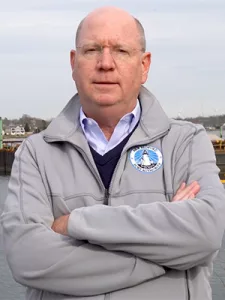
“The reason for that is the Port of New Bedford has all the services that a commercial maritime industry needs, from dockage space and fuel to ice for the fishermen and ship repairs, shipyards, and a talented workforce,” he continues.
Prior to joining the NBPA, Carr spent eight years at the Massachusetts Port Authority, and his introduction to the industry involved everything from the strategic planning side to commercial real estate planning and development. Carr originally began working in the New Bedford area back in the 1990s, which was his first early introduction to the Port of New Bedford and its industries.
Recognizing what an exciting space it is to work in, Carr mentions how active the port is already, deriving from many decades of the commercial fishing industry – the economic and cultural heartbeat of the region.
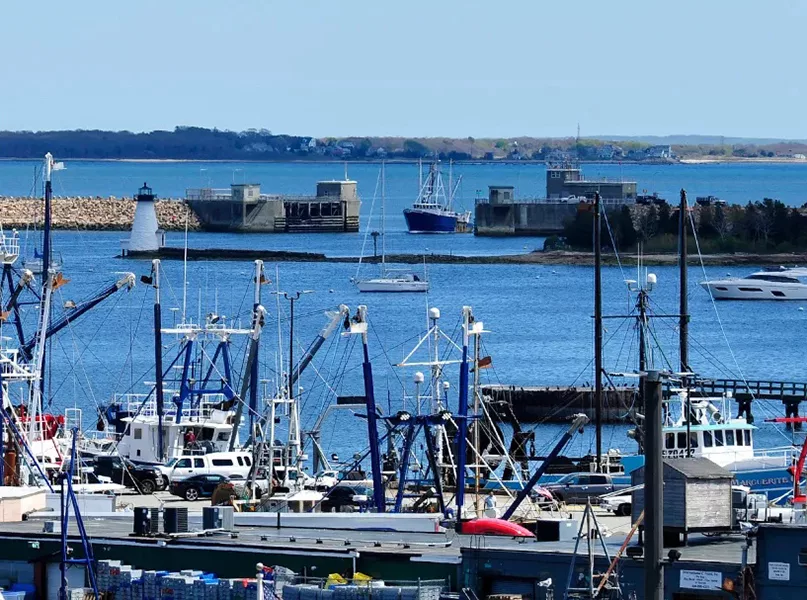
STRONG FOUNDATIONS
The NBPA’s mission is to implement the best management practices over port resources and develop economic growth strategies. The goal is to keep New Bedford as the number one fishing port in the country, as it has been for the past 22 years, while expanding existing businesses, and capitalizing on new opportunities. With the end result being maintaining the port’s role as the heart of the New Bedford region’s economy and a significant driver of the economy of Massachusetts while capitalizing on any opportunity to maximize the potential of the port.
“We are currently overseeing over $100 million in infrastructure improvements, new facilities, new bulkheads, dredging, and port maintenance alongside the expansion of our assets, with some related to offshore wind,” Carr assures us.
Representing a wide array of harbor interests, one of the NBPA’s primary roles is to support economic development along the waterfront, which is accomplished with a reliable team behind it.
“The pillars of the organization start with our team at the NBPA; we have technically skilled people on the operations and engineering side as well as the financial management side that all execute at a high level,” he notes.
Despite the NBPA’s size, it still has a broad reach within Massachusetts and the US commercial fishing industry. It has successfully leveraged this position in obtaining state and grant funding financial support from different resources.
“Our mission is to support the port as the engine for the regional economy through energizing our stakeholders. We are not in the business of making a profit. Left to our own devices and limited financial resources, we are too small to undertake this task without outside financial support. It is challenging to secure outside grant funds, and they are even more difficult to implement, but the NBPA has been very effective in doing that.
“When chasing grants, success breeds success; you become a reliable partner. Federal agencies realize that you are a good steward of their funds. It is a smooth process because of the team,” he enlightens us.
The overall diversity of the port adds strength to its operations, including physical infrastructure projects, new facilities, a port-wide dredging project, a bulkhead, and new terminal space –for commercial fishing and offshore wind – all of which can only be executed with significant funding support.
“Our expansive Port-wide dredging project will improve our berthing areas and over 30 private facilities that could never afford the dredging independently. The ability for the NBPA to leverage those benefits to other private users is unique.”
Partner and supplier relationships are essential to the port business; a whole array of companies drive the port, and the NBPA manages certain assets. However, they differ from the Massachusetts Port Authority, which owns and operates the container facility, the cruise terminal, and other assets.
“We are not an operator in that sense. Our private sector partners, whether the individual fishermen or onshore service providers, are critical to the ongoing functionality of the day-to-day operations at the Port of New Bedford,” elaborates Carr.
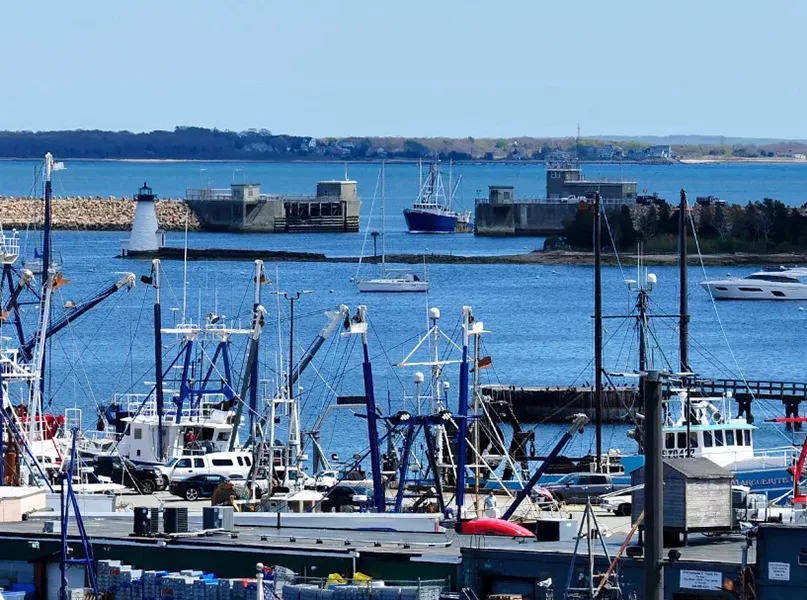
SAFEGUARDING THE FUTURE
The Port of New Bedford was managed relatively simply for a long time by seeing to the basic needs of the fishing industry and their partners, which still exist today. Recognizing the future of the port and commercial fishing, the NBPA has taken on an expanding role by providing other needed resources such as technological upgrades, parking and infrastructure improvements, public advocacy, and long-range planning.
“We need to advance the technological side of things. We are working on a more sophisticated system, starting with artificial intelligence (AI) cameras that will manage and monitor vessel movements to gather data on the environment, operational bridge openings, and dockings to ensure the long-term safe and efficient operations of the Port,” Carr states.
“Having the distinction of being first in offshore wind, we are introducing the Port of New Bedford to different audiences nationally and globally. We want to seize that opportunity to do so. We want to put ourselves forward as a great place to invest. A place where you can be successful and have strong partners both operationally from the port perspective and through business development, and promotionally from the New Bedford Ocean Cluster side of things,” he tells us proudly.
One of the side effects of the COVID-19 pandemic and subsequent supply chain crisis is that it has made people realize the importance of ports. Whether they are viewed as behind the scenes and taken for granted or they are accepted as part of the global industrial network, ports play an integral role in everyday life, particularly now with offshore wind.
“It is good news from a management perspective that people understand the need and investment required for ports; without ports, many aspects of our lives cannot be fulfilled.”
OPPORTUNITIES AND TRADITION
While the introduction of offshore wind provides an opportunity for the region and the port, many of the offshore wind developments are entering highly productive fishing areas. Consequently, the fishing industry is concerned with the impact, as is the NBPA.
“We spend a lot of time advocating for the commercial fishing industry and ensuring that both industries not only coexist but thrive. This is done by urging that extensive and appropriate research is done and that data is gathered on what impact there might be on the species and environment of our oceans and what steps are needed to operate in and around offshore wind facilities,” Carr highlights.
Indeed, Europe prohibits fishing in many offshore wind developments in the North Atlantic Ocean. The NBPA does not want that to happen in the U.S. and recognizes the concern of fishermen that offshore wind development could adversely impact the ocean ecosystem or their fishing operations; hence, it is looking to help them function well together and support the commercial fishing industry, whether by targeted and robust research and data gathering, new investment, mitigation or proper communication between both industries.
“As the national leader in commercial fishing and now the pioneer port for offshore wind, no other port in the country has more at stake or is more interested in getting that balance right than the Port of New Bedford.
“Due to a little serendipity mixed with geography, we are in a position to be the first port staging and marshaling offshore wind, which is gathering attention. We are learning as the industry is learning how to operate effectively and build in the US.”
The NBPA is in close contact with offshore wind developers and all their contractors. The port is an active and busy hub with over 300 commercial fishing vessels, so it has instituted a vessel escort program and vessel alert system. When the offshore wind vessels transit the harbor, security vessels ensure they do so as seamlessly and safely as possible for all port users.
“We continue to maintain open lines of communication as their schedule changes or as new circumstances present themselves because we want them to be efficient and minimize any disruptions to their operation. We have a great partnership and coordination with Vineyard Wind and their team of contractors, all of whom are supportive of the port and are committed to being strong collaborators on operations” he adds.
“Due to a little serendipity mixed with geography, we are in a position to be the first port staging and marshaling offshore wind, which is gathering attention”
Gordon Carr, Executive Director, New Bedford Port Authority
Offshore wind developments are cyclical; therefore, it is critical that the first operations are done safely and smoothly. The next developers, and likely other ports as well, will work largely from the NBPA blueprint. Communication and responsiveness are the two ways the NBPA is helping launch the offshore industry.
“We need to understand what the needs of the operators and stakeholders are so we can be as responsive as necessary.”
The priority for the NBPA is to launch a successful offshore wind development while maintaining and promoting the commercial fishing industry. While it is a delicate balancing act, the NBPA is moving forward with the future of both industries as the heart of its mission.
“Whether it is our smaller operational undertakings or larger construction and infrastructure projects, our goal and commitment are to host two successful and thriving industries in the Port for years to come,” finishes Carr.
“It is good news from a management perspective that people understand the need and investment required for ports; otherwise, many aspects of our lives cannot be fulfilled”
Gordon Carr, Executive Director, New Bedford Port Authority
